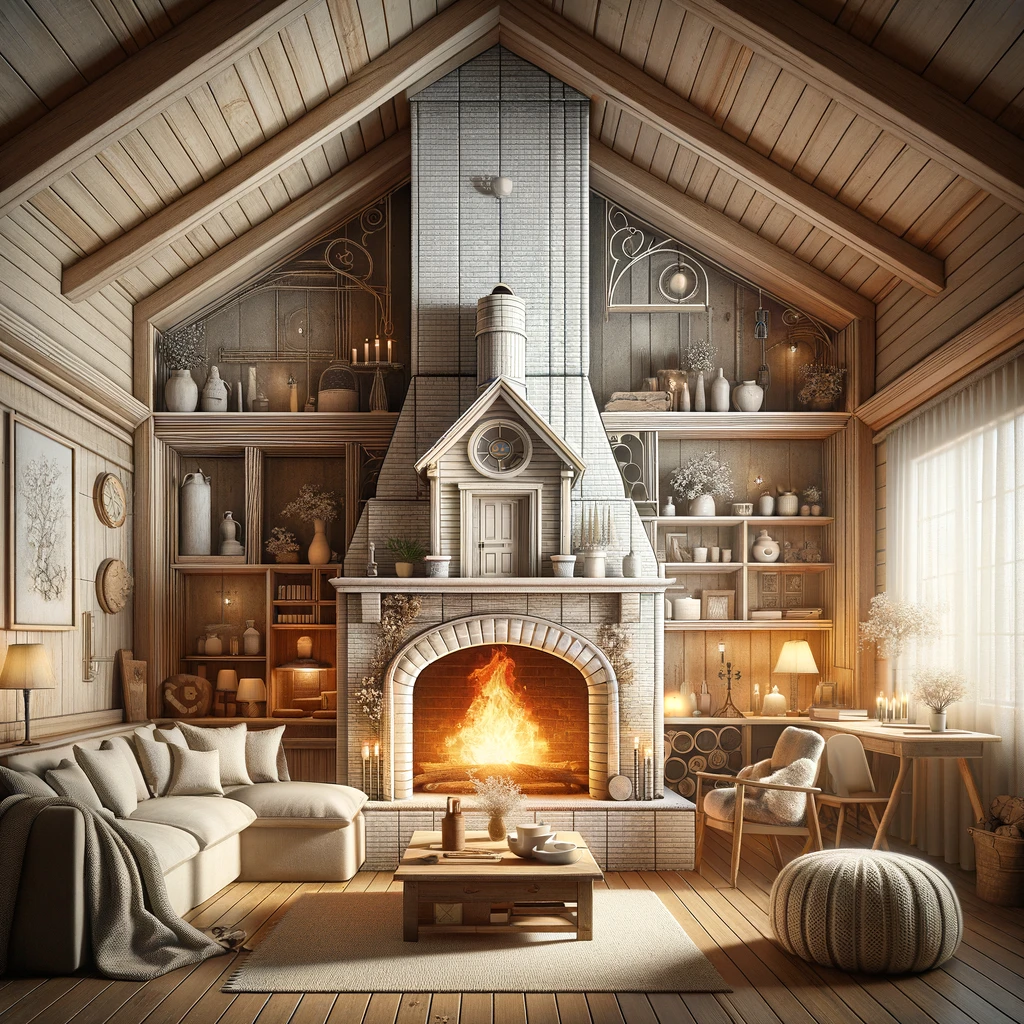
Understanding the various parts of your chimney can help in its maintenance, troubleshooting, and communicating effectively with professionals during inspections or repairs. Here are 20 essential parts of a chimney you should be familiar with:
Chimney Cap – Sits at the top of the chimney to prevent rain, debris, and animals from entering.
Chimney Crown – Concrete or metal top that seals the area around the flue liner to the chimney edge.
Flue – The inner passageway for smoke and exhaust gases to exit the home.
Flue Liner – A protective lining that enhances safety and efficiency by containing combustion products.
Damper – A valve, usually near the base of the chimney, that opens to allow smoke out or closes to keep the outside air from coming in.
Smoke Chamber – Tapers from the fireplace to the flue, aiding the smooth transition of smoke and gases.
Smoke Shelf – Catches debris and helps prevent downdrafts.
Firebox – The chamber where the fire burns, constructed with fireproof materials.
Ash Dump – A compartment below the firebox that collects ashes for easy removal.
Clean-Out Door – Allows access to the ash dump for cleaning.
Chimney Flashing – Seals the gap between the chimney and the roof to prevent water leakage.
Chimney Chase – A structure that encloses and protects the flue in factory-built chimneys.
Chimney Chase Cover – Covers the top of the chimney chase, similar to a chimney cap.
Throat Damper – Located above the firebox, this damper controls airflow.
Top-Sealing Damper – A damper at the top of the chimney, providing a tighter seal than throat dampers.
Lintel – A horizontal support across the top of the fireplace opening.
Hearth – The floor of the fireplace, extending into the living area.
Hearth Extension – The non-combustible material in front of and at the sides of the fireplace opening.
Mantel – A decorative shelf above the fireplace.
Ash Pit – A pit where ashes from the ash dump are collected.
Each of these components plays a critical role in the safe and efficient operation of your chimney. Regular inspections and maintenance can ensure that they function properly and extend the life of your chimney.
